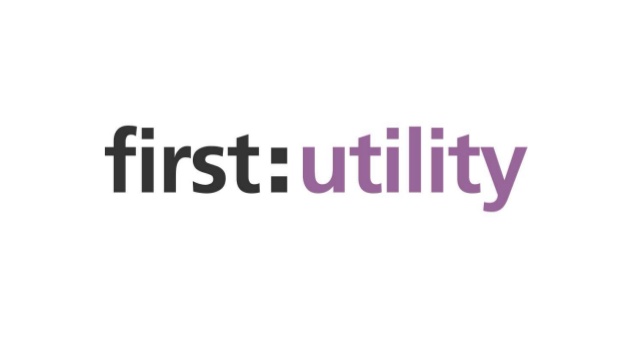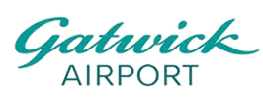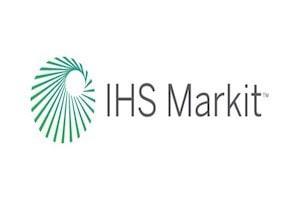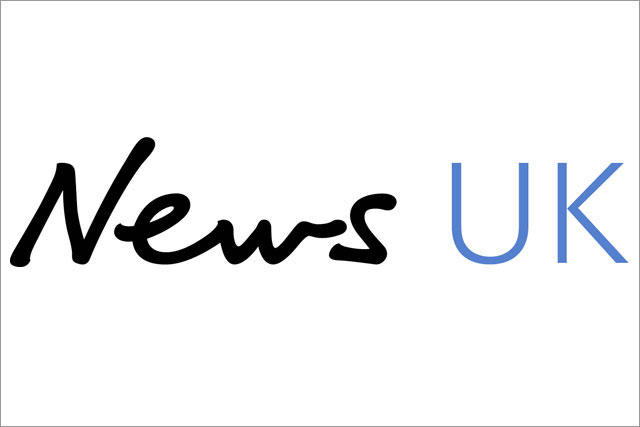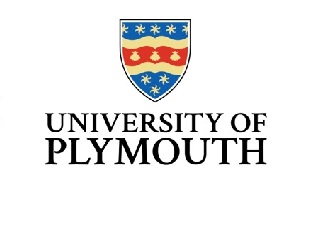You Ask, We Answer: A Comprehensive Review of Docker
Here at Sirius, we often get asked to give a, "definitive review of Docker's capabilities and commercial viability?". This is a very good question, and one that deserves a clear, honest answer. We understand the deep-seated worry consumers have about choosing a core technology, as selecting a foundational platform like Docker is a decision a business will have to live with for years.
We want to be upfront: Docker has solidified its position as the foundational technology and industry-standard developer experience for modern application containerization, delivering immense agility, consistency, and major gains in portability and speed. However, the truth is that its evolution now requires mandatory strategic and financial commitments, particularly regarding architectural security mitigation and mandatory commercial licensing.
This article will provide a comprehensive review of Docker’s architecture, strategic value, and commercial requirements, allowing you to understand where Docker excels and where mandatory governance investment is required. We aim to be fiercely transparent, enabling you to make the most informed decision possible.
1. Docker's Core Technical Architecture and Strategic Strengths
Docker's enduring strength lies in its ability to abstract complex system operations into an accessible, powerful toolchain, delivering tangible benefits across the software delivery pipeline.
Foundational Technology and Standardization
Docker Engine is an open-source containerization technology deployed as a client-server application. Its core value proposition is standardization, ensuring software packages—including code, tools, and dependencies—run reliably and predictably regardless of the underlying host environment.
The technology relies fundamentally on Linux kernel primitives:
- Namespaces: Provide containers with isolated views of the system (file system, network stack, PIDs).
- Cgroups (Control Groups): Responsible for limiting and distributing resources like CPU, memory, and I/O among processes. This resource control is vital for maintaining host stability and ensuring Quality of Service (QoS) in multi-tenant environments.
Strategic Value and Return on Investment (ROI)
Docker’s adoption is overwhelmingly driven by its capability to accelerate software delivery and standardize operations. Users ship software approximately seven times more frequently than non-Docker counterparts. The overall ROI remains overwhelmingly positive for enterprises:
- Infrastructure Efficiency: Case studies document infrastructure cost reductions averaging 25% due to increased container density (up to 50% increase in CPU/memory efficiency).
- Operational Velocity: Deployment times are reduced by 60%, accelerating build processes by up to 67% through layer caching.
This consistency and speed enable organizations to increase deployment frequency from weekly to multiple times daily. The Docker subscription fee functions primarily as an enabler cost to unlock these substantial operational and infrastructure savings.
Image Optimization: Mandatory Best Practice
The review highlights that efficiency is not the default setting and requires discipline. The most effective mechanism to combat image bloat—which slows deployments and enlarges the attack surface—is the multi-stage build methodology. This technique separates compilation components (like large SDKs) from the final, minimal runtime image, dramatically reducing the final image size and deployment latency.
2. Architectural Challenges and Mandatory Security Mitigation
Despite its strengths, the Docker Engine architecture introduces inherent security liabilities that necessitate specific, mandatory mitigation strategies. This requirement for hardening is one of the "Problems" that consumers actively search for.
The Root Daemon Risk
Docker operates using a client-server paradigm where the Docker Daemon (dockerd) typically runs with root privileges. This root-privileged dependency creates a severe security liability:
- SPOF (Single Point of Failure): If the daemon crashes, all containers stop.
- Privilege Escalation: Unauthorized access to the daemon socket (/var/run/docker.sock) is explicitly equivalent to granting unrestricted root access to the host system.
Security Mitigation: The Rootless Imperative
To counter this significant risk, security best practices mandate specific mitigation. While challenging to configure, implementing Rootless Mode allows the Docker daemon to be started without relying on root privileges, preventing a compromised container or daemon vulnerability from translating into root access on the host.
Host Instability Risk (OOME)
By default, containers operate without explicit resource constraints. If a container memory spike triggers an Out-Of-Memory Exception (OOME), the Linux kernel's indiscriminate OOM killer process may terminate critical host components, risking a cascading system crash. This operational risk necessitates the mandatory implementation of resource constraints (CPU and memory limits) for all production workloads to ensure host stability.
3. Commercial Model and Governance Requirements
Docker Desktop Licensing Compliance
Docker Desktop, which bundles essential tools, is no longer free for commercial use in larger organizations. Paid subscriptions (Pro, Team, or Business) are mandatory for organizations that exceed either of two compliance thresholds: over 250 employees OR over $10 million in annual revenue. Exceeding either limit mandates migration to a paid tier.
The Mandatory Business Subscription
For large organizations and those operating in regulated sectors (finance, healthcare), the Docker Business tier ($24 per user per month, annual commitment) is functionally mandatory. The price is justified because it unlocks mission-critical governance features unavailable in lower tiers, confirming that Docker strategically monetizes enterprise necessity and regulatory adherence.
Mandatory enterprise features include:
- Identity Management: Support for Single Sign-On (SSO) and SCIM provisioning, essential for centralizing user management and aligning with security standards.
- Hardened Desktop: Enables administrators to lock down configurations and enforce policies on developer endpoints.
- Enhanced Container Isolation (ECI): Strengthens isolation by running containers without root privileges in a user namespace.
- Supply Chain Control: Image Access Management and Registry Access Management, allowing administrators to control which external registries and container content developers can access.
For governed organizations, the $24 per user per month fee is viewed as a governance tax necessary to meet minimum security and compliance baselines.
4. Ecosystem Alignment and Strategic Future
Docker maintains dominance as the developer standard, but its strategic position in orchestration and architecture is challenged by specialized alternatives.
Orchestration: Kubernetes Dominance
While Docker Desktop includes integrated support for running a local Kubernetes cluster, Kubernetes (K8s) remains the undisputed industry standard for large-scale production orchestration. The Docker Engine is obsolete as a direct Kubernetes runtime in modern production environments, having been replaced by CRI-compliant runtimes like containerd and CRI-O.
Organizations should recognize Docker’s primary value as the developer toolchain (CLI, Dockerfile). Production deployment should leverage cloud-managed services such as AWS Fargate, Amazon ECS, or EKS to offload infrastructure management complexity.
Competition: The Daemonless Threat (Podman)
Docker’s daemon-based architecture is fundamentally challenged by Podman, a daemonless alternative. Podman offers a high degree of command compatibility while providing a structurally safer security model. Podman’s inherent rootless execution minimizes the attack surface and eliminates the single root-privileged daemon dependency, making it a key consideration for high-security or multi-tenant systems.
External Expertise is Prudent
Adopting and scaling Docker requires specialized expertise. Given the high internal labor cost of Platform Engineers (averaging over $170,657 annually), organizations often find external consultancy is a financially prudent alternative (OPEX) to expanding highly paid internal staff (CAPEX). External support and migration projects can range from $300,000 to over $600,000 for large enterprises.
Conclusion: Strategic Recommendations for Docker Investment
Docker is a mission-critical technology. The review confirms that its core technology provides immense operational gains, but organizations must strategically manage its architectural risks and mandatory commercial requirements.
Mandate the Business Tier: Organizations requiring SSO, centralized user control, or enhanced security features must budget for the Docker Business subscription ($24/user/month). This is a necessary investment to satisfy compliance mandates.
Prioritize Security Hardening: Rigorously enforce security best practices to mitigate the root daemon risk, including running the Docker daemon in Rootless Mode where feasible and implementing mandatory memory and CPU limits on containers.
Adopt a Hybrid Strategy: Utilize Docker for the development toolchain, but plan for production orchestration using Kubernetes (K8s) and cloud-managed services to simplify large-scale deployment.
Manage Consumption Risk: Proactively monitor usage of bundled services (Build Cloud, Testcontainers Cloud) to avoid consumption-based overage charges.














